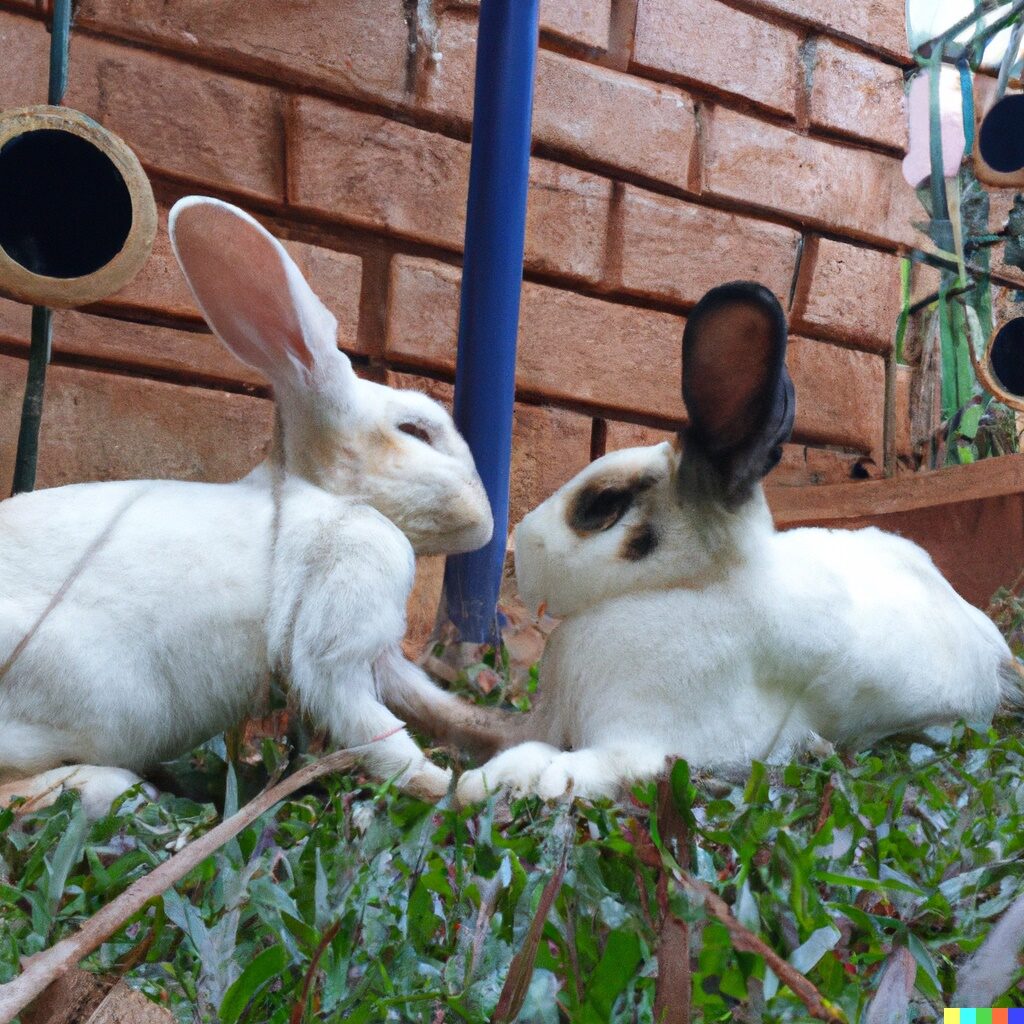Yes, rabbits can eat yam peels. If you’re a rabbit owner, then chances are you’ve wondered if your beloved pet can snack on yam peel. After all, rabbits have an insatiable appetite, and they love to try new foods! But while it’s true that some vegetables are safe for them to eat, there are certain precautions that need to be taken when feeding rabbits yam peels. Read on to learn more about what you should know before giving your furry friend this treat.
Health Benefits of Yam Peel for Rabbits
Yam peel is a great addition to your pet rabbit’s diet. Not only does it contain essential vitamins, minerals, and nutrients that can help keep your bunny healthy, but it also has many other benefits. Yams are rich in fiber, which helps support digestion and keeps your rabbit’s gut functioning properly. They also have anti-inflammatory properties, which can reduce inflammation in the digestive tract and improve overall health. Additionally, yams are high in antioxidants, which can help protect against free radical damage and fight off diseases like cancer. You may also want to know if rabbits can eat bitter leaf.
Yam peel also contains an abundance of important vitamins such as Vitamin A, B-complex vitamins, Vitamin E, Vitamin K, and calcium. These vitamins not only assist with bone development, but they promote good eye health as well. The minerals found in yam peel are magnesium, potassium, and zinc, all of which aid in maintaining strong bones and healthy skin for rabbits too! Finally, this type of food is low in fat, so you don’t need to worry about adding extra calories to their diets or causing weight gain issues with your bunny any time soon!
So why not consider adding yam peels to your pet rabbit’s diet today? It’s delicious for them while providing plenty of necessary nutrition.
- High levels of fiber for proper digestion.
- Anti-inflammatory properties reducing inflammation.
- Antioxidants fighting off disease.
- Vitamins promoting good eye health & bone development.
- Minerals strengthening bones & improving skin condition.
faqs
What peels can rabbits eat?
Rabbits can eat many types of fruit and vegetable peels, such as melon, cucumber, squash and zucchini. Most citrus peels are safe for rabbits in moderation but may be too acidic for their delicate digestive systems. Avoid giving them avocado skins or pits as these are toxic to rabbits. If you do feed your rabbit fruit or veggie peels make sure the items have been washed thoroughly beforehand to remove any pesticide residue or other contaminants.
Is boiled potato good for rabbits?
No, boiled potato is not good for rabbits. In fact, it can be very dangerous as cooked potato can cause digestive upset and other health issues in rabbits. A rabbit’s diet should consist of hay, fresh vegetables and a small amount of fruit to keep them healthy. Boiled potatoes do not provide any nutritional benefit to a rabbit so they should be avoided altogether.
Is raw rice good for rabbits?
No, raw rice is not a good food for rabbits. Rabbits need a diet that is high in fiber and protein with limited fat and carbohydrates. Rice has very little nutritional value for rabbits as it contains few vitamins and minerals, so it’s best to avoid feeding them this type of food. Instead, you should feed your rabbit hay, fresh vegetables and specially formulated pellets designed specifically for their dietary needs.
Does rabbit eat plantain peel?
No, rabbits do not eat plantain peel. They are herbivores and they prefer to consume fresh fruits and vegetables, hay, grasses and other plants. Plantain peels don’t provide the necessary nutrition that a rabbit needs in order to stay healthy. If your rabbit is ever offered plantain peel, it’s best to avoid giving them any as it could potentially cause digestive problems or even lead to an upset stomach.
Should you eat the peel of yams?
While yam peels can be eaten, it’s important to make sure they are properly cooked and not raw. Yams are often waxed or sprayed with a form of pesticide so you’ll want to peel them before eating. When cooked, the peel may contain additional fiber but also has an unpleasant texture for some people. Additionally, eating too much of the skin might lead to digestive issues like bloating and constipation. Therefore, if you decide to eat yam peels make sure they’re cooked thoroughly and enjoyed in moderation!
Should yams be peeled?
It depends. If you’re cooking with yams, you’ll want to peel them first. However, if they are cooked in their skin, such as when roasted or baked, there’s no need to peel them. Ultimately it comes down to the dish you’re making and what the recipe requires; some recipes may benefit from unpeeled yams while others won’t.
What is the nutritional composition of yam peel?
Yam peel is a nutritional powerhouse, containing vitamins B6 and C as well as fiber. It also contains minerals such as copper, phosphorus, iron and magnesium. Additionally, yam peel has an impressive anti-oxidant content with polyphenolic compounds like flavonoids and tannins that help fight against free radicals in your body. All of this makes yam peel a great addition to any diet for its health benefits!










